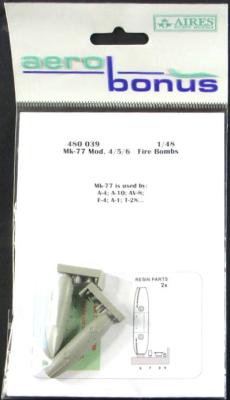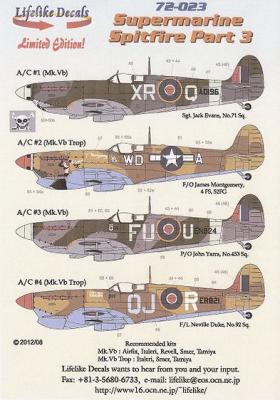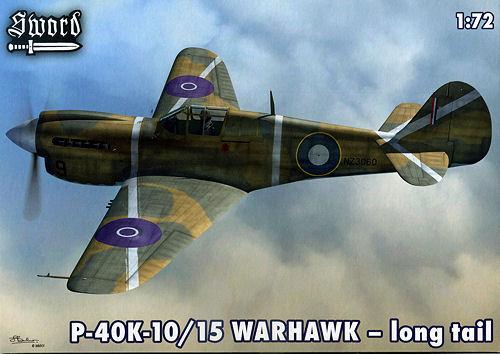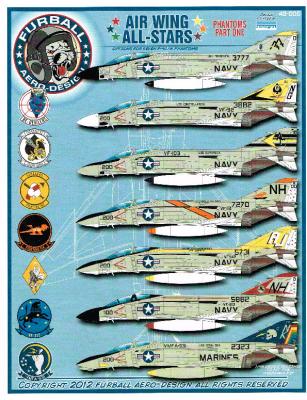The Mark-77 bomb (MK 77) air-dropped incendiary bomb contains a fuel gel mix that is similar to napalm, but different in that it is kerosene-based rather than gasoline-based. Of course, its effects are similar to napalm, thus the term is used generically to describe the Mk-77 even though it technically is not napalm. The Mk-77 is the primary incendiary weapon used by the US, and has been used in both Operation Desert Storm and recent operations in OIF/OEF. One of the main uses during Desert Storm was to ignite the miles of oil filled trenches being used as barricades by Iraq against collation forces.
The primary fusing system consists of the igniter Mk-273 Mod 0 with the M918 fuse, or the initiator Mk-13 (igniter Mk-273 Mod 1 with the Mk-343 fuse). The Mk-77 Mod 4 also has provisions in the nose and tail for an alternate fusing system using the AN-M173A1 fuse and AN-M23A1 igniter.















